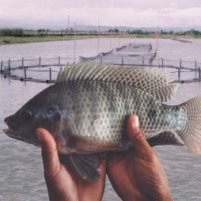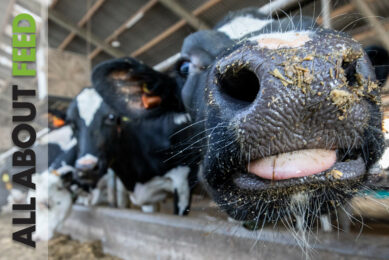Freshwater fish profit from DDGS

Fish feed is a major expense for many aquaculture operations. New research by Agricultural Research Service (ARS) scientists shows that ethanol co-products can provide protein for fish feeds at a lower cost than the soybean-corn combinations commonly used.
DDGS is relatively protein-rich and lacks some of the undesirable
characteristics that make many plant protein sources less suitable for use in
fish feeds. In addition, DDGS is cheaper and more palatable to fish than
soybean-corn combinations. However, it lacks some essential amino acids, such as
lysine.
Different inclusion levels
In the ARS Aquatic Animal
Health Research Unit at Auburn, Ala., nutrition scientist Chhorn Lim and his
colleagues are evaluating how diets including DDGS influence growth performance
and disease resistance in catfish and tilapia. The scientists gave the fish
feeds that included 0, 10, 20, 30 or 40% DDGS. All five feeds had similar levels
of energy, protein and fat. Results showed that tilapia thrive on feed with up
to 20% DDGS. Adding supplemental lysine to the feed increased that percentage to
40%.
Results
The scientists found that catfish thrived on feed
comprising up to 40% DDGS plus lysine. In addition, they observed that catfish
raised on diets that included DDGS demonstrated greater resistance to at least
one major disease: enteric septicemia of catfish. Catfish raised on
DDGS-containing diets were more likely to resist infection. Surviving catfish
raised on a diet without DDGS had fewer antibodies than those raised on the DDGS
feed—particularly fish on the 20% DDGS diet, whose antibodies were significantly
higher than those of the control fish.
This work has potential economic
benefits for both ethanol and aquaculture. Finding markets for DDGS is essential
to economical ethanol production. And substituting soybean-corn combinations
with a cheaper protein source could help reduce the cost of fish feed, thereby
reducing overall production costs.
Related
website:
ARS
Source: aquafeed.com











